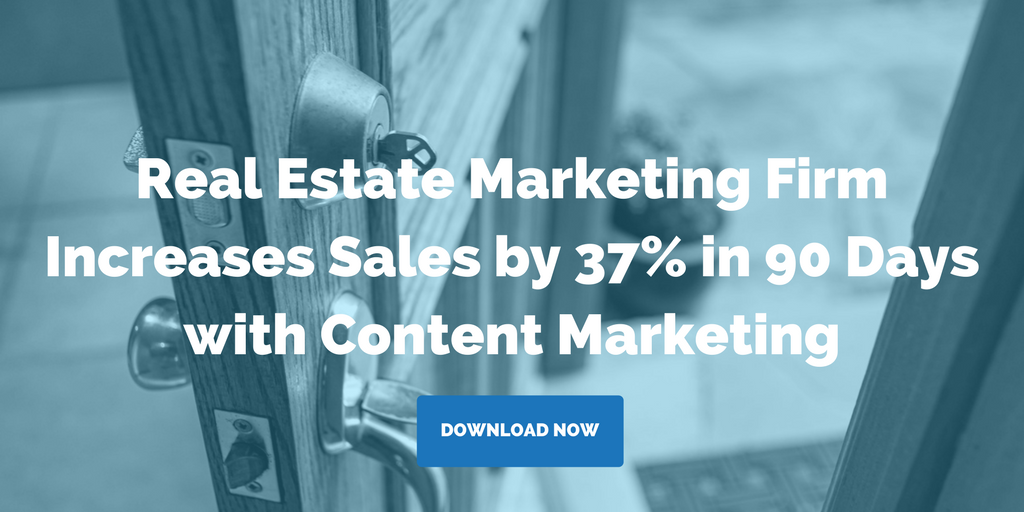These 4 tips will help you create virtual tours that drive prospective buyers and tenants to buy or lease your properties.
As a real estate marketer, one of the most powerful tools at your disposal is the imagination of your potential buyers and renters. You’re most likely to sell them on your property when they can envision themselves in the space.
Today, nearly all prospective buyers and tenants research properties online before visiting them in person. This is great if you have a strong digital presence. It’s unfortunate for the many properties that are underrepresented by dated websites and listings. And, for those with adequate web presences — even if your content is decent, prospects may be crossing your property off their list if they can’t imagine themselves in your space.
Enter the virtual tour.
A virtual tour gives potential buyers and renters the chance to fully immerse and imagine themselves in your property. Virtual tours help prospects fall in love with places before they’ve even visited. They are becoming almost as important as any showing or open house in today’s market.
As more and more real estate marketers hop on the virtual tour bandwagon, it’s important to keep pace, and make sure your offerings are hitting the right marks. The National Association of Realtors published a list of ways to dress up your virtual tours. We’re summarizing the key takeaways below.
4 tips for creating property-moving virtual tours
1. Create an interactive floor plan.
Vendors like TourVista, Flyinside.com, VHT, MapsAlive, and floorplansonline allow you to create interactive floor plans, so your buyers and renters can get a sense of how the space is laid out. You can display an illustrated map, allowing users to click on areas of the floor plan to see an image or, better yet, a video clip from that perspective.
2. Guide them to the improvements.
Rather than relying on your buyers to imagine how new carpets or cabinets would look, show them. Tools like Obeo’s StyleDesigner allow you to virtually decorate your space, send the images to prospects, or allow them to do the decorating themselves.
3. Use plenty of high-quality images.
The more photos you include, the more effective your virtual tour will be. Using high-definition photos allows your clients to experience your property even more realistically. This goes for photos within the property and photos of the neighborhood, views, and surrounding city or town.
4. Use 3-D.
Microsoft rolled out its Photosynth stitching technology several years ago, taking two dimensional images and re-rendering them in a navigable 3-D image. You can create these renderings with pictures from any digital camera or mobile device and free software from Microsoft. Your buyers and renters can navigate through the property from the comfort of their living room sofas.
Related posts:



